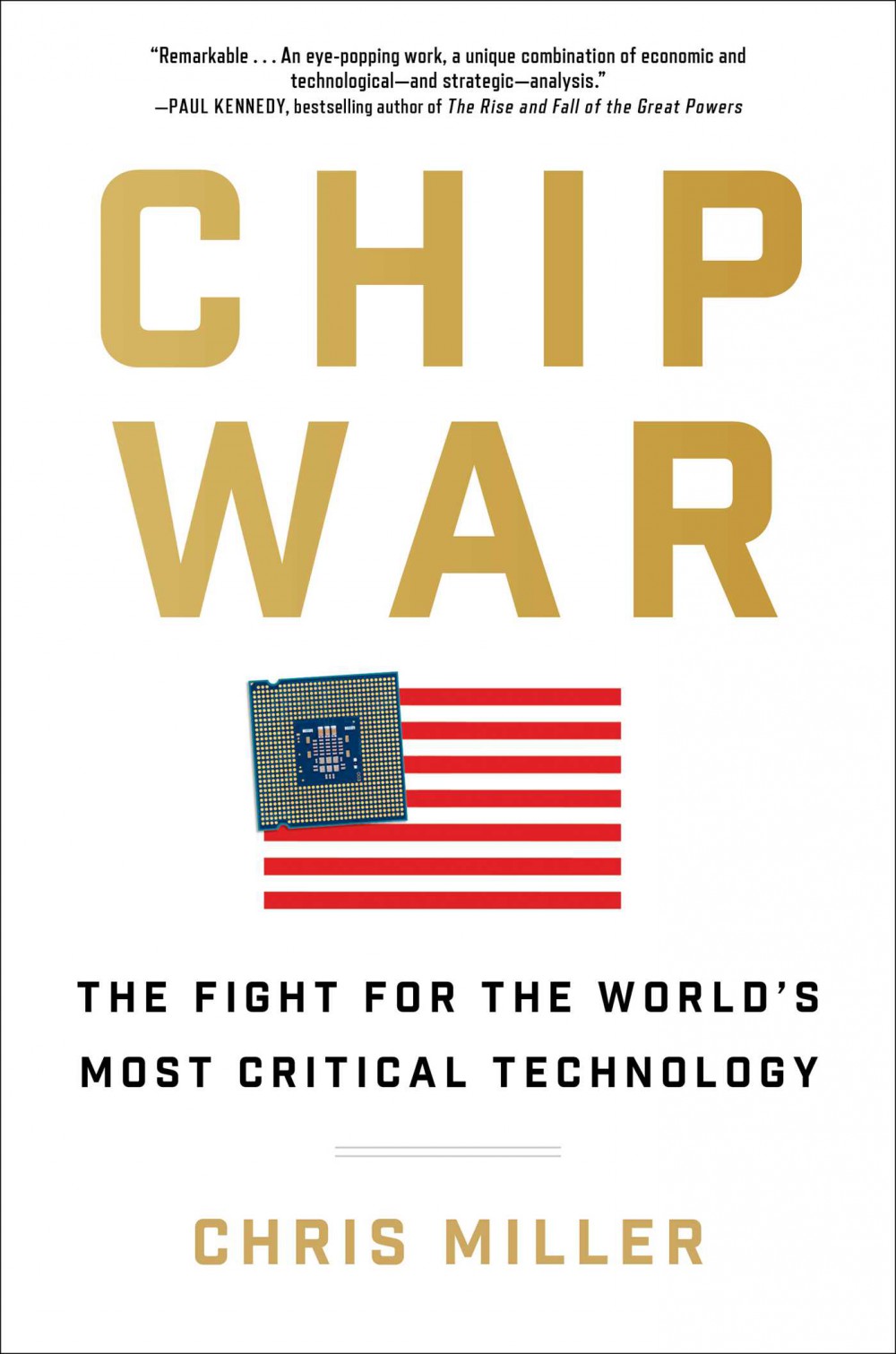
View on Amazon279Please respect copyright.PENANAtcTB9WInHC
Overview:
"Chip War: The Fight for the World's Most Critical Technology" is a book by Chris Miller that explores the global race to dominate the semiconductor industry. Semiconductors are tiny chips made of silicon found in nearly every electronic device and are essential to modern life. They are used in computers, smartphones, cars, and a wide range of other technology. The book discusses the history of the semiconductor industry and the various players that have shaped it, including government agencies, tech companies, and research institutions.
One of the book's key themes is the increasing importance of semiconductors in a global economy driven by technology. The demand for these chips has skyrocketed in recent years, leading to fierce competition among countries to control the production and development of semiconductors. This competition has led to tensions and conflicts, particularly between the United States and China, as both countries strive to become leaders in the industry.
Miller also explores the challenges faced by the semiconductor industry, including the high cost of research and development, the need to innovate constantly, and the potential for intellectual property disputes. He also discusses the potential risks of relying too heavily on a single source for these critical chips, such as the impact on global supply chains during the COVID-19 pandemic.
Overall, "Chip War: The Fight for the World's Most Critical Technology" is a comprehensive examination of the semiconductor industry and the global competition for dominance in this field. It is a valuable resource for anyone interested in understanding these tiny chips' role in the modern world and the various forces shaping the industry.
Comments:
Miller does an excellent job of exploring the history of the semiconductor industry and the various players that have shaped it, including government agencies, tech companies, and research institutions. He also delves into the increasing importance of semiconductors in a global economy driven by technology and the fierce competition among countries to control the production and development of these critical chips. The book is fascinating in its exploration of the tensions and conflicts in this race for dominance, particularly between the United States and China.
Miller also discusses the challenges faced by the semiconductor industry, including the high cost of research and development, the need to innovate constantly, and the potential for intellectual property disputes. He also touches on the risks of relying too heavily on a single source for these chips, such as the impact on global supply chains during the COVID-19 pandemic.
Overall, "Chip War: The Fight for the World's Most Critical Technology" is a valuable resource for anyone interested in understanding semiconductors' role in the modern world and the various forces shaping the industry. It is well-written, informative, and a fascinating look at this critical aspect of our lives.
ns 15.158.61.19da2





















